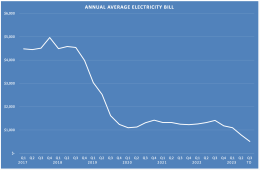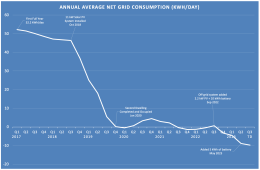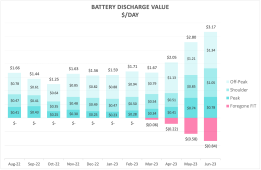wattmatters
Solar Wizard
99.5% of systems would be grid tied and 1/3rd of homes have a PV system. ~3% of those with PV have a battery.5 year cost recovery is great. So do people close grid tied or off grid systems?
Off-grid is niche, usually where grid isn't an option. Very, very few would choose to be off-grid where grid is available. DIY is even more of a niche.
Professionally installed rooftop grid-tied PV systems (including everything) here cost US$0.50-0.80 per watt.
While PV installations have been growing strongly for many years and the average size of systems is also getting larger, there will be another spurt of interest in getting solar PV as from today there has been a sharp rise in tariffs. Batteries however are still limited in number - mainly because the cost of a grid tied battery is still way too expensive to make financial sense (DIY grid tied PV isn't really an option). It's still mostly confined to those who want energy security, or just like having the tech because they can and saving money isn't the objective.
The grid market operator expects we will approach 2/3rds of homes with rooftop PV.






